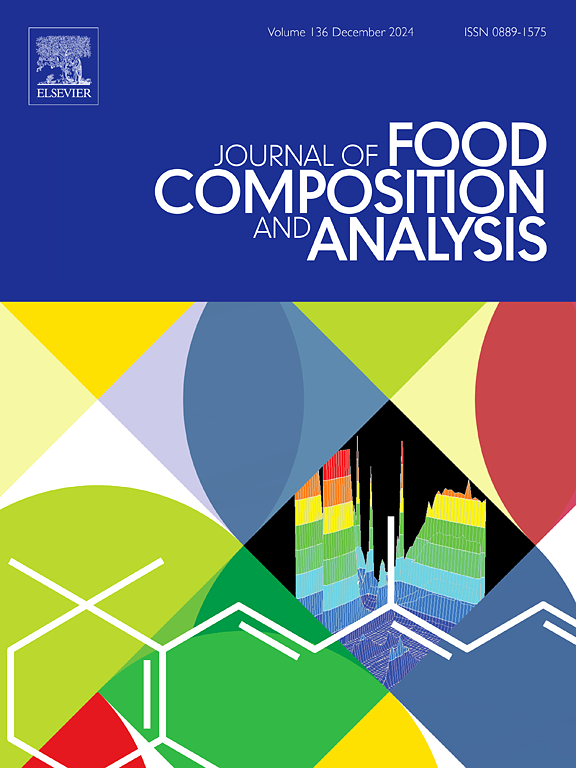State-of-the-art review of morel: From chemistry to nutrition and health benefits
IF 4
2区 农林科学
Q2 CHEMISTRY, APPLIED
引用次数: 0
Abstract
Morchella esculenta (L.) Pers. (M. esculenta), commonly known as the morel, is a highly esteemed edible and medicinal mushroom renowned for its distinctive flavor and diverse health benefits. This species is rich in essential nutrients and bioactive compounds, including proteins, carbohydrates, vitamins, and minerals, which contribute to its high nutritional value and unique flavor profile. Notably, morels contain an array of bioactive constituents such as polysaccharides, polyphenols, alkaloids, saponins, terpenoids, quinones, lignocellulosic enzymes, and lipoxygenase. These compounds underpin the diverse bioactivities attributed to morels, including immunomodulation, antioxidation, organ protection, lipid and glucose homeostasis regulation, anti-cancer effects, and mitigation of chemotherapy-induced toxicity. This review comprehensively summarizes the key nutrients and bioactive compounds present in morels, detailing their extraction methods and subsequent analyses. The insights provided aim to support potential industrial applications of morels, particularly in the development of functional foods. Furthermore, this review explores the various bioactivities of morels and their underlying molecular mechanisms, contributing to a deeper understanding of this valuable fungal resource.
羊肚菌的最新研究成果:从化学到营养和健康益处
本文章由计算机程序翻译,如有差异,请以英文原文为准。
求助全文
约1分钟内获得全文
求助全文
来源期刊

Journal of Food Composition and Analysis
工程技术-食品科技
CiteScore
6.20
自引率
11.60%
发文量
601
审稿时长
53 days
期刊介绍:
The Journal of Food Composition and Analysis publishes manuscripts on scientific aspects of data on the chemical composition of human foods, with particular emphasis on actual data on composition of foods; analytical methods; studies on the manipulation, storage, distribution and use of food composition data; and studies on the statistics, use and distribution of such data and data systems. The Journal''s basis is nutrient composition, with increasing emphasis on bioactive non-nutrient and anti-nutrient components. Papers must provide sufficient description of the food samples, analytical methods, quality control procedures and statistical treatments of the data to permit the end users of the food composition data to evaluate the appropriateness of such data in their projects.
The Journal does not publish papers on: microbiological compounds; sensory quality; aromatics/volatiles in food and wine; essential oils; organoleptic characteristics of food; physical properties; or clinical papers and pharmacology-related papers.
 求助内容:
求助内容: 应助结果提醒方式:
应助结果提醒方式:


